|
Download: |
Gait and Ear RecognitionProf. Mark Nixon
This talk will survey gait as a biometric and place it in the context of other (vision-based) biometrics and then move to the much newer soft biometrics. Automatic recognition by gait is now subject to much interest and has unique capability to recognize people at a distance when other biometrics are obscured. Its interest is reinforced by the longstanding computer vision interest in the automated non-invasive analysis of human motion. Its recognition capability is supported by studies in other domains such as medicine (biomechanics), mathematics and psychology which continue to suggest that gait is unique. Further, examples of recognition by gait can be found in literature, with early reference by Shakespeare concerning recognition by the way people walk. Many of the current approaches confirm the early results that suggested gait could be used for identification, and now on much larger databases. Gait has benefited from the developments in other biometrics and has led to new insight particularly in view of covariates. As such, gait is an interesting research area, with contributions not only to the field of biometrics but also to the stock of new techniques for the extraction and description of objects moving within image sequences. I shall also introduce soft biometrics which concern using human descriptions for recognition. as a biometric. It's a much newer area of research, largely aiming to bridge the semantic gap. Like gait, it's focussed at surveillance video as well as for more normal biometrics purposes: other than soft and gait, how else could you identify someone in video when other biometrics are obscured or are at too low a resolution. |

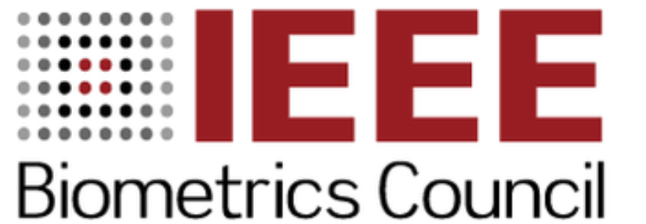

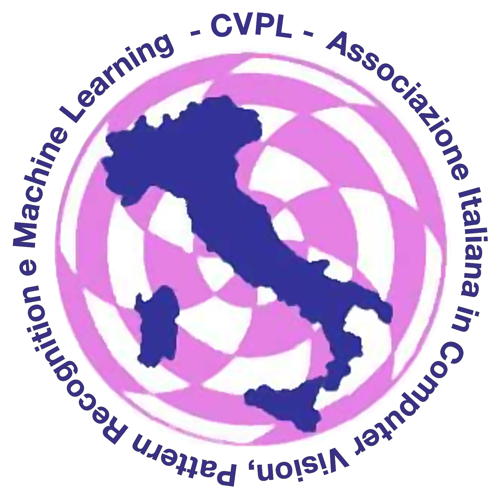 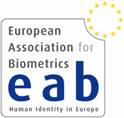
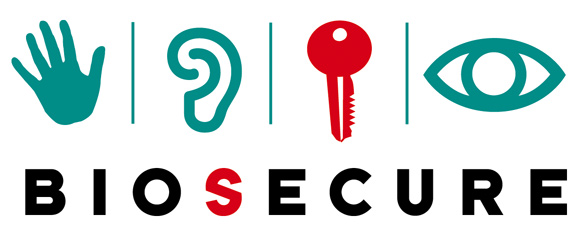
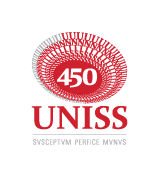
 |